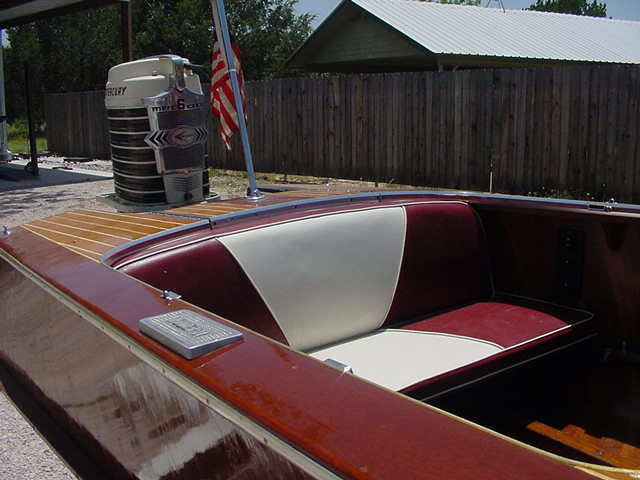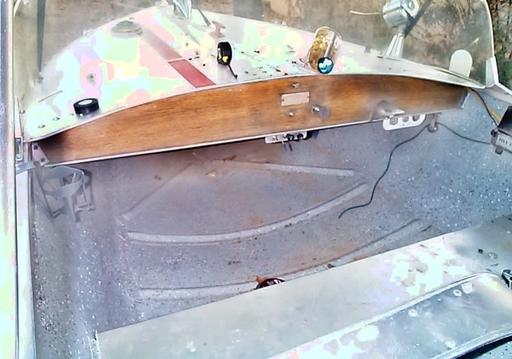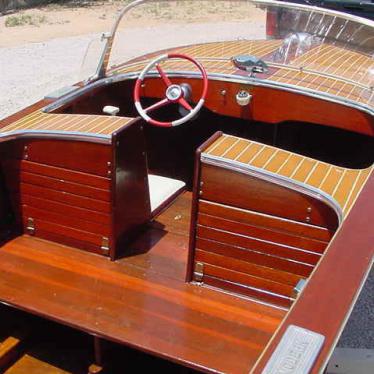

It can still hold 10, but now with the comforts of a full-width windshield and a finer hull. It was a winner, but was soon reshaped into the boat we know today. Sea Ray followed, improving the breed in ’96 with the 240 Sundeck. It still had a squared-off front deck, but also a well-rounded bow.

The next generation came in ’94 with the Godfrey Hurricane Fundeck 246, the first to use a true V-hull. While good for floating a deck load of partiers, they had to boogie back to the marina when the lake got choppy.

Designers were sticking with catamarans and trihulls. Offering similar features to ’toons, they looked more like boats. In the ’90s, fiberglass deck boats were the logical successors of aluminum pontoons. That’s what happened with this boat, a longtime favorite of many. You don’t have to be first, you just have to get it right. Sea Ray 240 Sundeck The People’s Choice: Sea Ray 240 Sundeck Boating Magazine
#Tri hull runabout 1960 how to#
You can learn how to retrofit a classic of your own for $30,000 or more at, or select Sailfish’s modern version of the hull design at. Like the classic SeaCraft, the hull slices through rough water on its sharp bottom section nearest the keel, but the deadrise flares out in two “steps” toward the chines. Now, Sailfish Boats, a maker of saltwater fishers, employs a similar hull concept for its popular line. Mosely applied his ideas to his new company, SeaCraft, which started in 1961 and went through numerous transitions before tracker Marine recently mothballed the brand. In addition, the “steps” not only divert water to reduce drag, but they also act like keels to keep the boat tracking and gripping in turns. Mosely’s multiple-deadrise design lets a boat ride on the right section for its speed, and when hitting a wave, the successively flatter panels slow the impact. Another groove is cut into the hull, and the final and highest section is a flat 10 degrees, for more lift while getting on plane and for stability when going slowly. This one has 15 degrees of deadrise where the boat rides at moderate speeds, giving good load-carrying ability from less power. It goes a third of the way up the hull, meeting a vertical groove (Mosely called it a step) to join the next panel. In Mosely’s 1966 patent, the midship cross section shows a deadrise of 22 degrees down by the keel where the boat rides at high speeds, slicing the seas for a soft ride. What makes owners of the SeaCraft 23 sing with praise is a running surface from the drawing board of that unsung genius Carl Mosely. SeaCraft/Sailfish 23 In Devotion to the Ocean: SeaCraft 23 Boating Magazine That is, if you’re foolish enough to sell it. Not cheap, but they’re well-equipped and, unlike most boats, one of these guarantees a good return on your money. Prices start at $180,000 with a single 200 bhp Volvo Penta diesel. The latter sports a tiller at the transom, as well as a helm, and is used by anglers pursuing stripers. New 29s come as a soft top, hardtop or extended hardtop, or as a flush-deck bass boat. Mostly he’s just upgrading systems or swapping out an engine. Few, if any, come to him with major problems resulting from age. Bob Stine, of Black Dog Boat Works in Denton, Maryland, who specializes in maintaining old 29s, likes to say they grow old gracefully. 1 is still alive and well, plying the waters of long Island sound. The cockpit is massive, almost half the boat’s length. With its sweeping sheer line, rounded chines and long keel, it’s a classic bit of New England. Designed for comfort, not speed, it succeeded as a great sea boat, and some with its design do service as pilot boats off the Virginia capes. In the early days of fiberglass, Bill Dyer took a chance and asked Nick Potter for a design that, as Dyer put it, “would be a traditional hull that could take more than its crew could.” The result was a boat able to travel at a steady 15 mph no matter what, while burning only 2 gph.


 0 kommentar(er)
0 kommentar(er)
